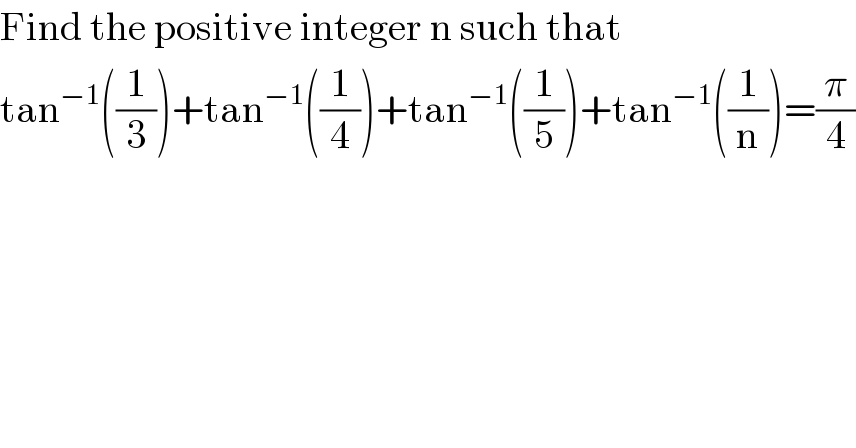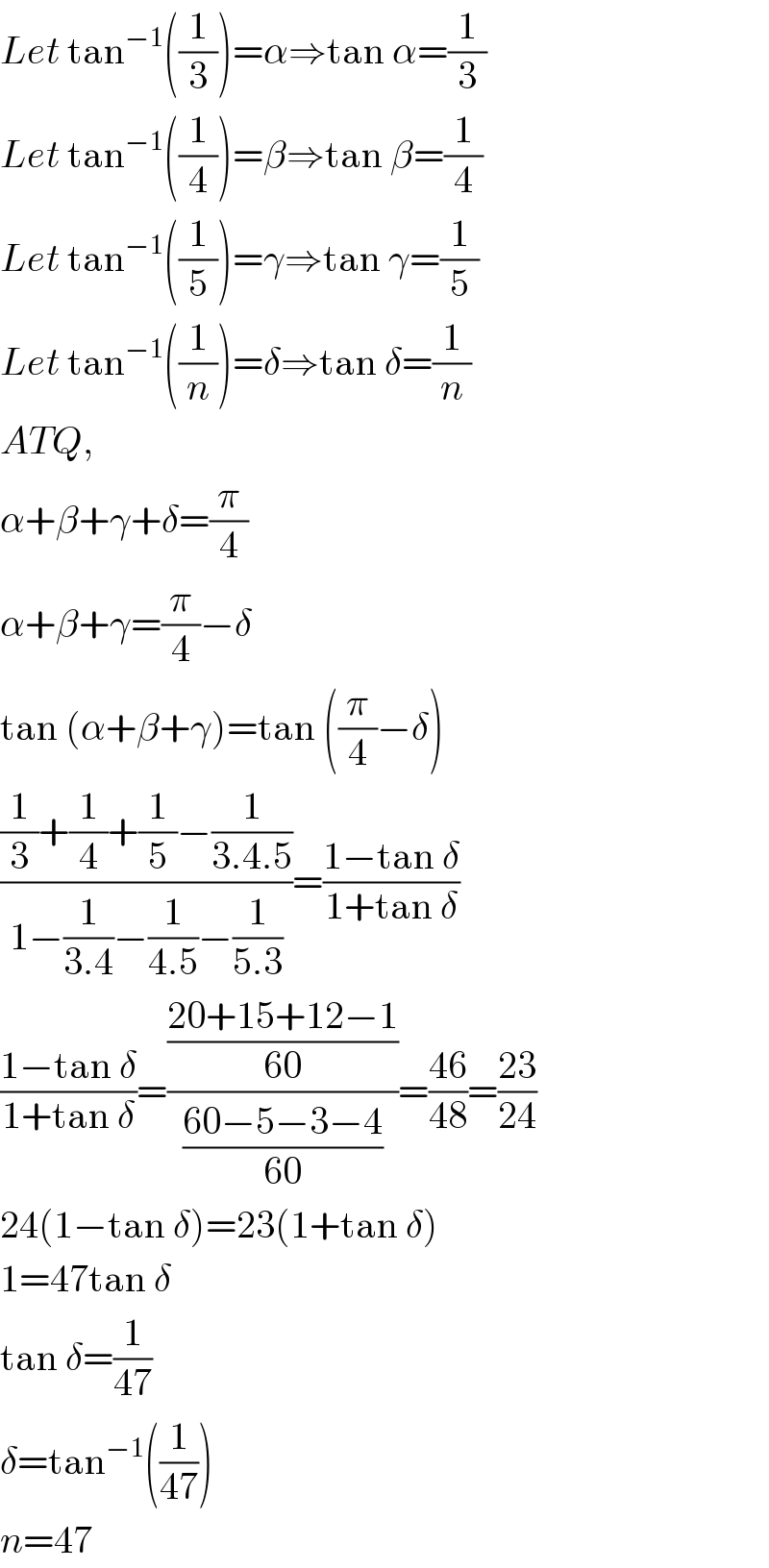
Question and Answers Forum
Question Number 111725 by Aina Samuel Temidayo last updated on 04/Sep/20

Answered by $@y@m last updated on 04/Sep/20

Commented by Aina Samuel Temidayo last updated on 04/Sep/20

| ||
Question and Answers Forum | ||
Question Number 111725 by Aina Samuel Temidayo last updated on 04/Sep/20 | ||
 | ||
Answered by $@y@m last updated on 04/Sep/20 | ||
 | ||
| ||
Commented by Aina Samuel Temidayo last updated on 04/Sep/20 | ||
 | ||